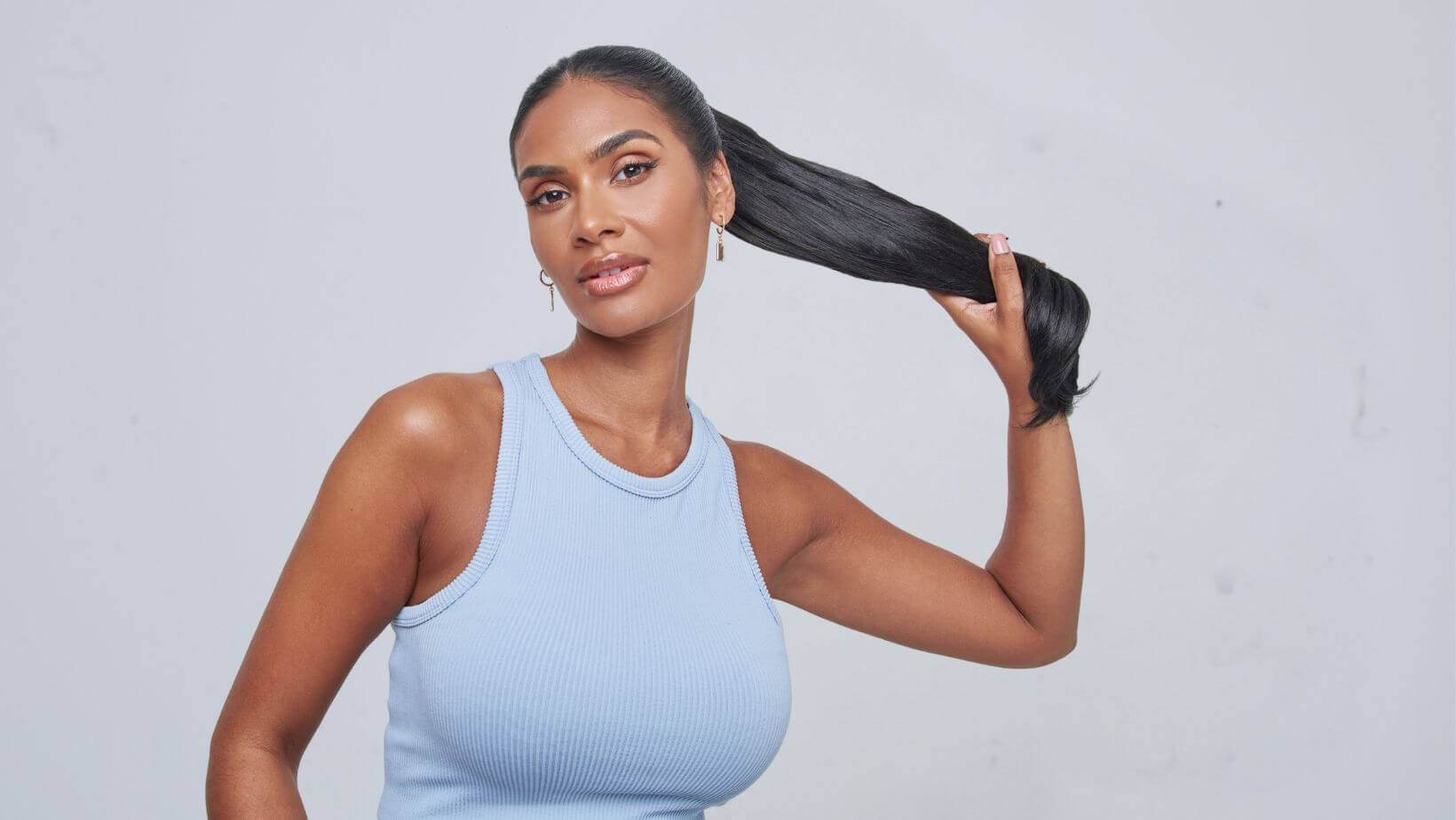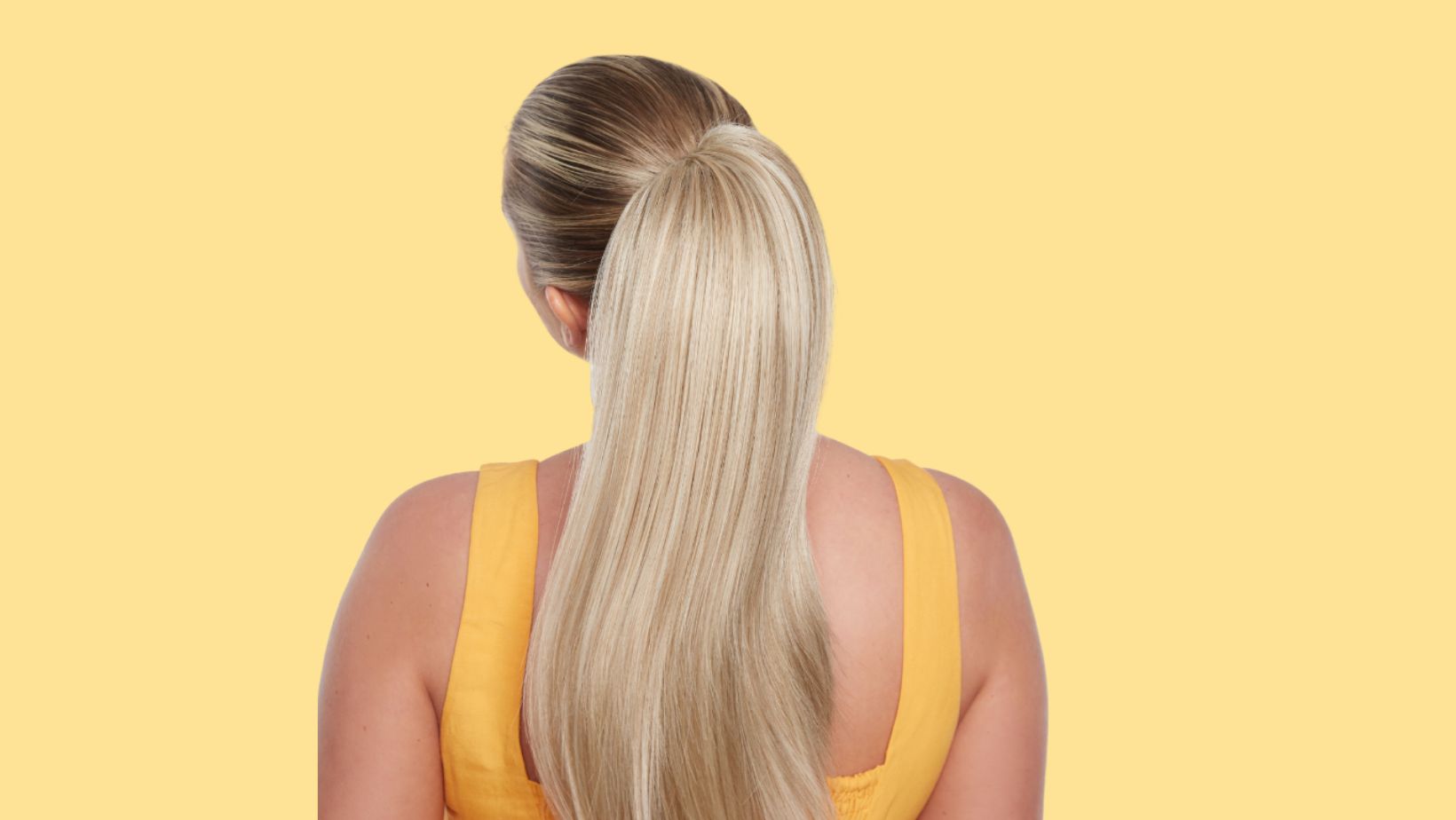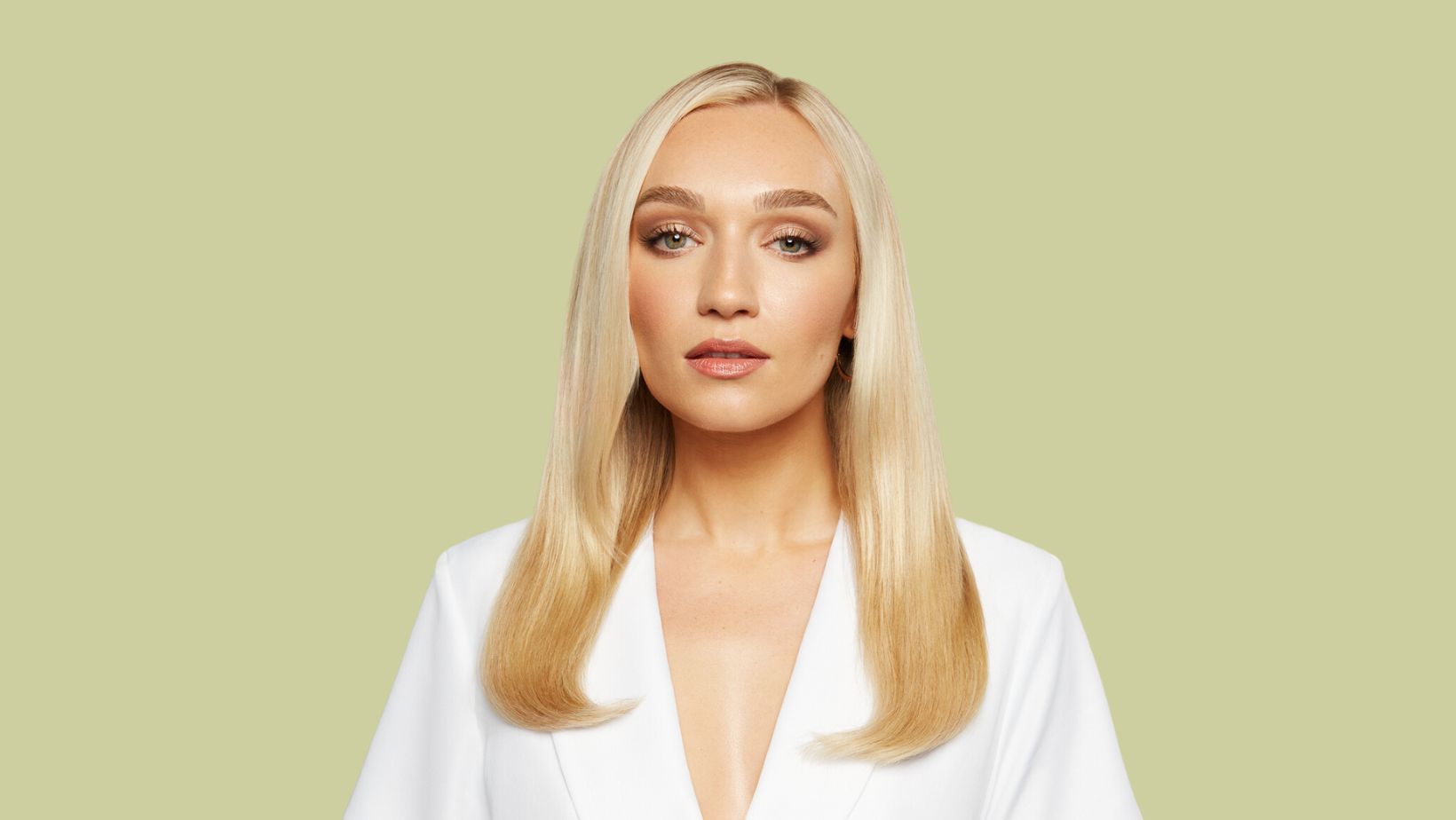Different Types of Hairbrushes (And How To Use Them)

Different Types of Hairbrushes (And How To Use Them)
Did you know that the hairbrush you randomly bought in a supermarket one day might actually be damaging your hair? Not all hairbrushes do the same thing or work for all hair types. Keep reading as we break down all the different types of hairbrushes and how to use them properly…
Keep ReadingYou could just walk into a supermarket and buy the first hairbrush you see. You could, and I think at one point we’ve all done it, but is that really the best thing you could be doing for your hair?
These days, there are so many different types and styles of hairbrushes on the market, and we understand it can be a little difficult to get your head around them all. Surely they all do the same thing, right? They brush your hair? Well… not really.
At Stranded Hair Group, we know how confident your hair can make you feel. So whilst we’re committed to supplying our customers with high-quality clip-in hair extensions, we’re also committed to providing them with high-quality information - so that they can take care of their hair!
In this article, you will learn about the purpose of each different type of hairbrush and which style of hairbrush is right for your specific hair type. You will also gain advice on what to look for when purchasing a hairbrush and how exactly to ‘brush’ your hair. By the end, you will feel confident that you have the knowledge to keep your hair long, luscious and healthy!
- Different types of hairbrushes
- Best hairbrushes for different hair types
- What is the least damaging hairbrush to use?
- Do expensive hairbrushes make a difference?
- Is it better to brush your hair wet or dry?
Different types of hairbrushes
There are various different types of hairbrushes on the market these days; each with distinct benefits for your hair and hair type. Keep reading as we break down all the different types of hairbrushes…
Paddle brush
Paddle brushes are made with a large base, which helps the hairbrush glide through and smooth the hair quickly. Paddle brushes are a great option for women with long, straight hair.
We recommend the GHD The All-Rounder Paddle hairbrush (RRP £26)
Detangling brush
Detangling brushes are made to help detangle wet hair, though they can also be used on dry hair. The design of the brush ensures that it won’t pull, tug or damage the hair as it detangles. This brush is generally great for all hair types.
We love the Tangle Teezer The Ultimate Detangler Brush - Millennial Pink (RRP £14)
Bristle brush
Bristle brushes come in all shapes and sizes, but are most commonly designed as round cushion brushes. The term ‘bristle brush’ refers to the fibres in the brush, which go through your hair.
Boar bristle brushes, also known as smoothing brushes, are designed to smooth hair and hair extensions, whilst also helping the hair look more shiny by pulling through the hair’s natural oils. Whilst this brush may not detangle your hair, its other benefits are great for all hair types.
We suggest splurging on Mason Pearson Pure Boar Bristle Pocket Brush Dark Ruby B4 (RRP £68) for a pure, natural boar bristle brush.
Synthetic bristle brushes, also known as vegan bristle brushes, contain nylon which helps control the static some people experience with boar bristle. They are great at detangling hair and work far better on women with thicker hair.
We don’t think you can go wrong with the BeautyWorks Vegan Bristle Brush (RRP £9.99).
Mixed fibre bristle brushes are made with both boar bristles and synthetic fibres. The combination of the two fibres means that the brush will help smooth and shine your hair, whilst also detangling it. Mixed fibre bristle brushes are perfect for all hair types.
Back to BeautyWorks, we recommend their Medium Oval Brush (RRP £19.99) which is made with boar bristle and nylon bristles.
Thermal brush
Thermal brushes are often recognised as blowdry brushes. These brushes are typically round brushes that conduct heat and help style the hair whilst you dry it. The round brush and bristles help style your hair in a bouncy blowdry effect as you do. This brush can boost volume and help smooth your hair, making it great for all hair types.
The number one thermal brush on the market, and my personal recommendation, is the Revlon One-Step Style Booster (RRP £39.99).
Vented brush
Vented hairbrushes are designed to speed up drying time whilst using a blow dryer. The vents between the bristles mean that the hair dryer can reach the hair at all angles. We recommend detangling and getting the hair 80% dry before using. This brush is recommended for all hair types.
We suggest trying out the T3 Dry Vent Brush (RRP £25).
Round brush
The round brush is designed to create a large, bouncy blowdry by wrapping and drying the hair around the brush. Round brushes come in different sizes, meaning that you can choose how loose or tight you want your blowout to be. With the right technique, all hair types can use this style of brush.
Moroccanoil has a large range of different sizes to choose from, though the most popular size is the Moroccanoil Ceramic Round Brush 35mm (RRP £16.85).
Teasing brush
Teasing brushes are as the name describes - a brush used to tease (also known as backcombing the hair). Teasing brushes are often made with soft bristles, which allow you to also smooth the hair and style edges. We do not recommend using a teasing brush on coarse or curly hair, as it may not give the desired results.
A fan favourite for teasing brushes is the Drybar Texas Tease Teasing Brush (RRP £18).
Shower brush
Shower brushes work the same way as detangling brushes do (please see above), however, they have the additional design of having a hooked handle, which allows you to hang your shower brush in your bathroom.
We recommend using the Wetbrush Glitter Shower Detangler (RRP £10).
Straightening brush
Straightening brushes work in the same way as thermal brushes do, in that they are heated brushes that will help dry and style your hair. Straightening brushes are often in an oval or rectangular shape, which allows the hair to glide through whilst helping straighten it. With proper tangling, these brushes can support all hair types.
The latest and most popular straightening brush on the market is the GHD Hot Glide Brush (RRP £159).
Afro comb
Afro combs have wide teeth which are used to lift up and out tight curls, creating volume at the root - commonly used to create the afro style in women with coarse, curly hair. This style of brush will have no benefit to women with straight hair.
A well-known and trusted afro comb in the curly-haired community is the Denman D17 Curl Volumiser (RRP £5).
Wide-toothed comb
Wide-toothed combs are designed with thick, wide teeth which allows the comb to go through larger amounts of hair. This style of brush is designed to help brush through tangled, curly and thick hair, but is also known as a dressing comb to help soften styled curls and waves.
We love and recommend the Kitsch Wide Tooth Comb (RRP £10).
Extension brush
Extension brushes are designed to brush through, smooth and soften hair extensions (though they can also be used on natural hair). Extension brushes are bristle brushes - usually boar bristle or mixed bristle.
We have our own Stranded Smooth Finish Extension Brush (RRP £9), which is a mixed bristle brush made with natural boar bristle and nylon bristles.

Best hairbrushes for different hair types
As you will have read above, different hairbrushes have distinct benefits, often benefiting different hair types. Continue on as we find out which hairbrush is right for you and your hair type…
Best hairbrush for thin hair
For thin hair, we recommend using a wide-spaced boar bristle brush in the shape of an oval. This brush will help smooth, soften and add shine to your thin hair, whilst also being able to detangle it (as thinner hair doesn’t need hard bristles to get through).
Best hairbrush for thick hair
Thicker hair often needs a mixed bristle brush, as the nylon bristles will help break through any tangles. We recommend using one in the shape of a paddle brush, as this will help glide through the hair easier when detangling.
Best hairbrush for straight hair
For straight hair, you cannot go wrong with any type of bristle. However, depending on how thick or thin your hair is, will depend on what fibres are in your bristle brush. Paddle shape is always a safe option to choose.
Best hairbrush for curly or textured hair
For curly or textured hair, a wide-toothed comb is your magic wand and go-to option. This style of brush will help you detangle, smoothen and style your hair without causing damage or breakage. Added benefits are one with a handle, so that you can keep it in the bathroom for wet detangling.

What is the least damaging hairbrush to use?
The least damaging style of hairbrush to use is the one that benefits your hair type the most.
Generally speaking, a boar bristle brush is the least damaging style of hairbrush, but this is often because it does not always help detangle your hair - it simply smooths and shines. If you need a brush that is also going to detangle your hair, mixed bristle brushes, detangling brushes or wide-toothed combs are probably going to be your best options.
Do expensive hairbrushes make a difference?
Expensive hairbrushes do not necessarily make a huge difference in the quality of the brush.
If you want a good quality hairbrush, you are going to need to pay for one with high-quality products (especially if investing in natural boar bristles) and you’ll want to purchase your brush from a reputable supplier.
However, that said, quality materials and trusted brands shouldn’t cost you an arm and a leg. Do your research for the best brush for you (like you did coming to this blog) and find which one is also the best value for money.
Is it better to brush your hair wet or dry?
Predominantly, we would always suggest brushing your hair whilst it is dry. When the hair is wet, it becomes extremely fragile and as such, is more prone and at risk to damage and breakage.
But, some hair types do require some sort of wet detangling - whether this be soaking wet through or using a conditioning treatment/detangling product to help you brush through your hair.
If your hair type does need this (generally, women with thick, curly or textured hair), you should be using a dedicated detangling brush that is designed to brush through wet hair, such as a wide-toothed comb, detangling brush or shower brush.
Get brushing!
You came to this article ready to put your hair first and learn everything you could about the different types of hairbrushes and their uses. Since reading, you now know about all the different types, styles and uses of hairbrushes, alongside which one is best for your hair type and how to brush your hair without risking damage.
But what now?
At Stranded, our brand is built off of our customers’ confidence. We’re committed to making women around the world feel good about themselves - whether that be with the knowledge to build on that or some luxury quality clip-ins for an instant self-esteem boost!
Learn more with Stranded
Part of our confidence commitment is providing our customers with the knowledge to care for their hair and make decisions in their best interest. That’s why we write blogs, just like this one over on the Stranded Blog!
If you found this blog helpful, you will also like:





